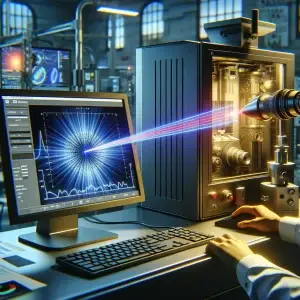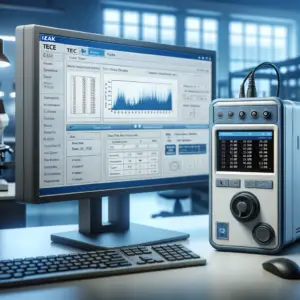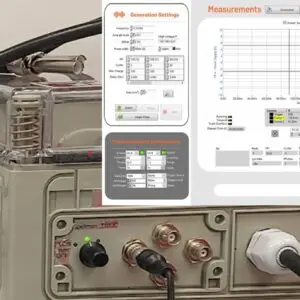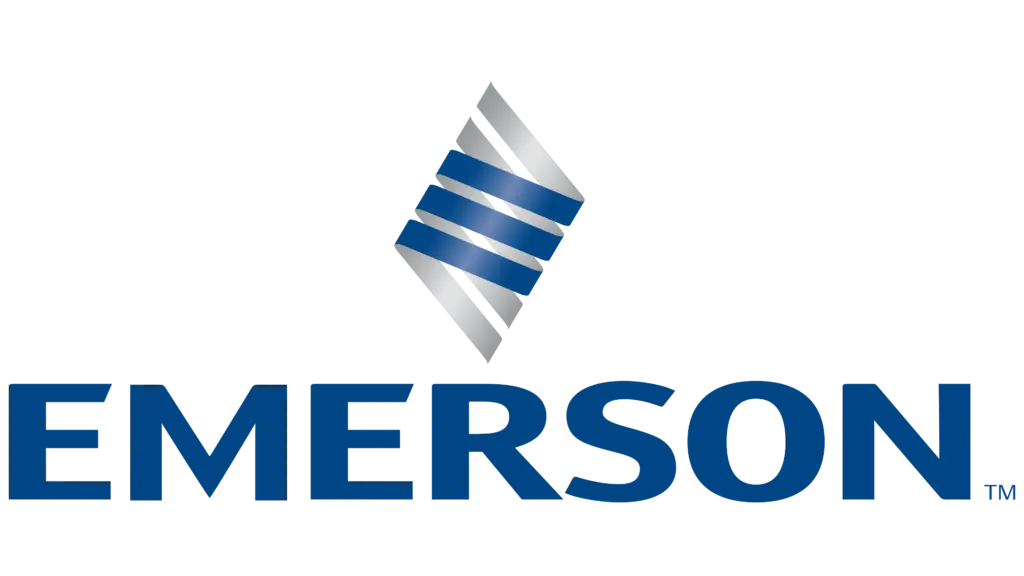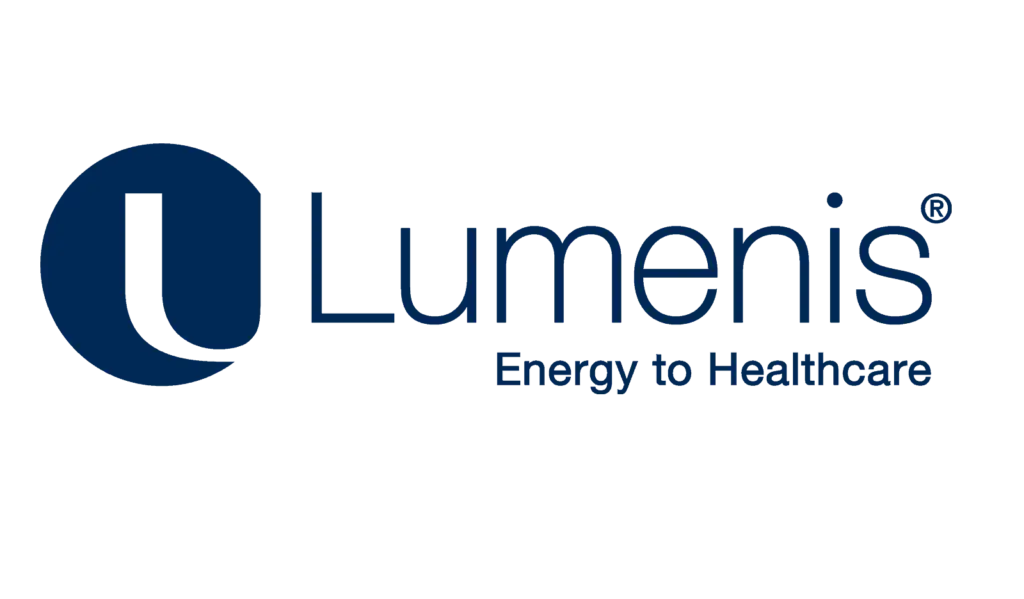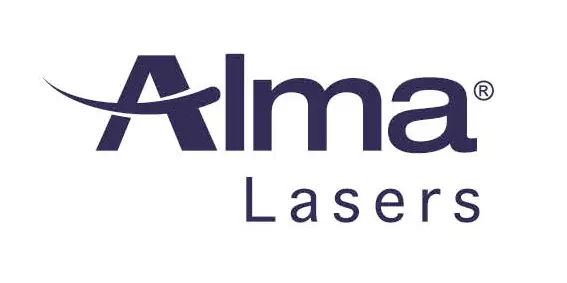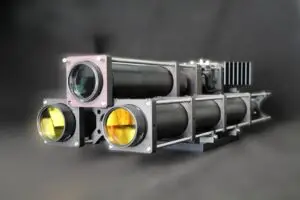Laser beam profiling is a critical procedure in the characterization and analysis of laser beams. It involves measuring the spatial distribution of the intensity of a laser beam to understand its properties thoroughly. This process is fundamental in ensuring that lasers perform optimally for their specific applications, whether in scientific research, industrial manufacturing, medical treatments, or telecommunications.
A laser beam profiler system typically includes a detector that captures the beam’s profile and software application that analyzes the beam based on this data. Measurements that can be performed with a laser beam profiler include beam width, divergence, uniformity, and the beam’s profile (Gaussian, flat-top, etc.). These parameters are crucial for optimizing the beam’s focusability, ensuring uniform exposure in applications, and maintaining the quality of the beam in terms of its intended use.
Review of Beam Profiler Specifications
Wavelength Range: The sensitivity of the profiler’s sensor to the laser’s wavelength. Different materials and coatings are used to cater to various wavelength ranges, from UV to IR.
Spatial Resolution: Determines the profiler’s ability to discern fine details in the beam’s profile. Higher resolution is necessary for beams with small diameters or intricate features.
Dynamic Range: The ratio between the smallest and largest detectable light intensities. A high dynamic range is crucial for measuring beams with significant variations in intensity.
Frame Rate: The speed at which the profiler can capture and analyze images. Higher frame rates are essential for real-time monitoring of laser parameters in fast-changing environments.
Size of the Active Area: The size of the sensor area that can capture the beam. It should be large enough to accommodate the entire beam without clipping the edges.
Beam Profiler Application: The ability to analyze various beam characteristics such as beam width, profile, ellipticity, beam position, azimuth and elevation, power distribution, ROI control, and the ability to track changes over time.
Examples for Choosing a Laser Beam Profiler
For Nd:YAG Lasers: Often used in material processing and medical applications, these lasers typically operate at 1064 nm. A profiler with a high dynamic range and sensitivity to NIR wavelengths is recommended. Pulse width and beam size shall be considered while searching for laser beam profiler for Nd:YAG lasers, as well as damage threshold. Our VIS-NIR laser beam profiler is able to work with this laser, however, more details are required to select the appropriate type, contact us and we will be happy to assist you.
For Laser Diodes at 800nm: Common in telecommunications, medical device as power source and in sensing applications, these diodes require profilers with high spatial resolution and sensitivity to near-infrared wavelengths. In case the laser is package as a stuck of laser diode bar, which results in wide beam. Depending on the beam size and divergence the sensor size shall be selected Our VIS-NIR laser beam profiler is able to work with this laser,.
For SWIR lasers: Lasers within the 900nm to 1700nm spectral range, encompassing the Short-Wave Infrared (SWIR) region, are integral to a multitude of applications across various fields due to their unique penetration capabilities and minimal scattering. In telecommunications, they are essential for efficient data transmission through optical fibers. In the medical realm, they support non-invasive surgeries and skin treatments, while in industrial settings, they play a crucial role in the inspection of materials like silicon wafers, uncovering subsurface defects invisible to the naked eye. Additionally, these lasers are pivotal in environmental monitoring, offering precise gas detection and analysis, and in the agricultural sector for monitoring plant health. The versatility and precision of SWIR lasers make them invaluable tools in advancing technology and research in these areas. With IZAK SWIR beam profiler you can measure laser in this 900nm-1,700nm SWIR spectral band.
For CO2 Lasers: With a wavelength of 10.6 µm, or in the wavelength range of 8µm-12µm used in cutting and engraving as well as in medical device, it’s crucial to choose a profiler that is sensitive to far-infrared wavelengths. Beam power and beam size shall be considered. Our LWIR beam profiler is the most cost effective solution available in the market, which selected by the top optics based companies in the world.
For MWIR lasers, for example holmium lasers commonly operate at wavelengths around 2.1 µm, and thulium lasers around 2.0 µm. These lasers can operate in a variety of modes, including continuous-wave (CW) or pulsed, with varying pulse widths and repetition rates that can influence the required response time and dynamic range of the profiler. MWIR lasers used in medical and manufacturing applications can have high peak powers. A profiler with a high dynamic range is required to measure both the low and high intensities within the beam profile. In addition, these MWIR laser beam profiler often require cooling to operate effectively and reduce noise. A built-in cooler or external cooling system may be necessary, depends on the laser properties. contact us and we will be happy to assist you.
Quality Assurance in Production Lines: Speed and repeatability are key. Profilers with fast frame rates, durable design, and software capable of automating repetitive tasks and generating reports are preferred.
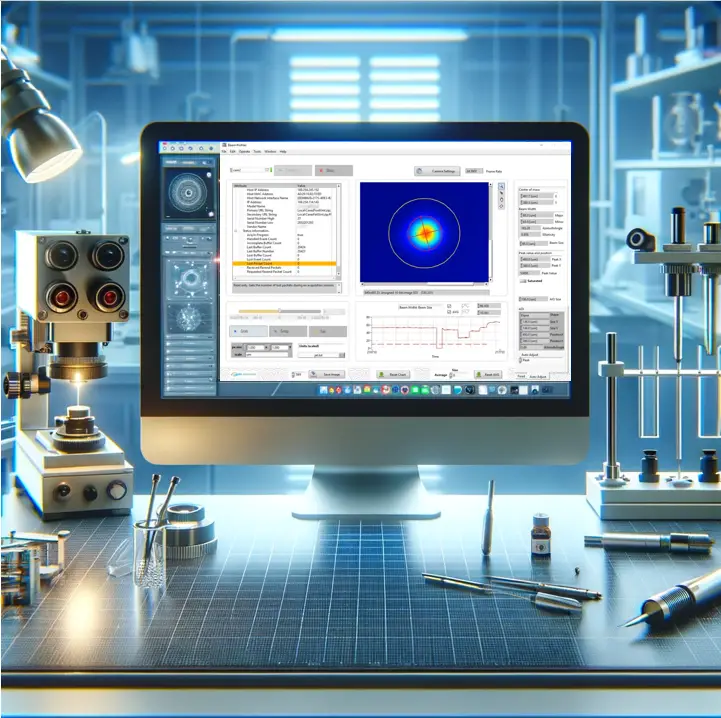
Parameters for Customer Inquiry
To help us at IZAK Scientific recommend the most suitable laser beam profiler for your application, please provide the following details:

Tzachi Sabati
CEO, IZAK Scientific
Physicist specializing in photonics and quantum technologies, with deep expertise in quantum sensors and advanced optical systems. Leads the Advanced Quantum Lab course at the Technion, bridging academic excellence with industry innovation. At IZAK Scientific, provides cutting-edge photonics-based solutions, developing customized inspection and sensing systems for R&D and production. Passionate about advancing quantum sensing applications and integrating novel technologies to meet industry needs.

